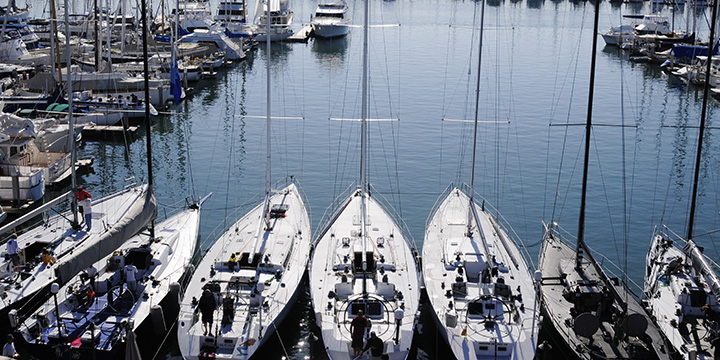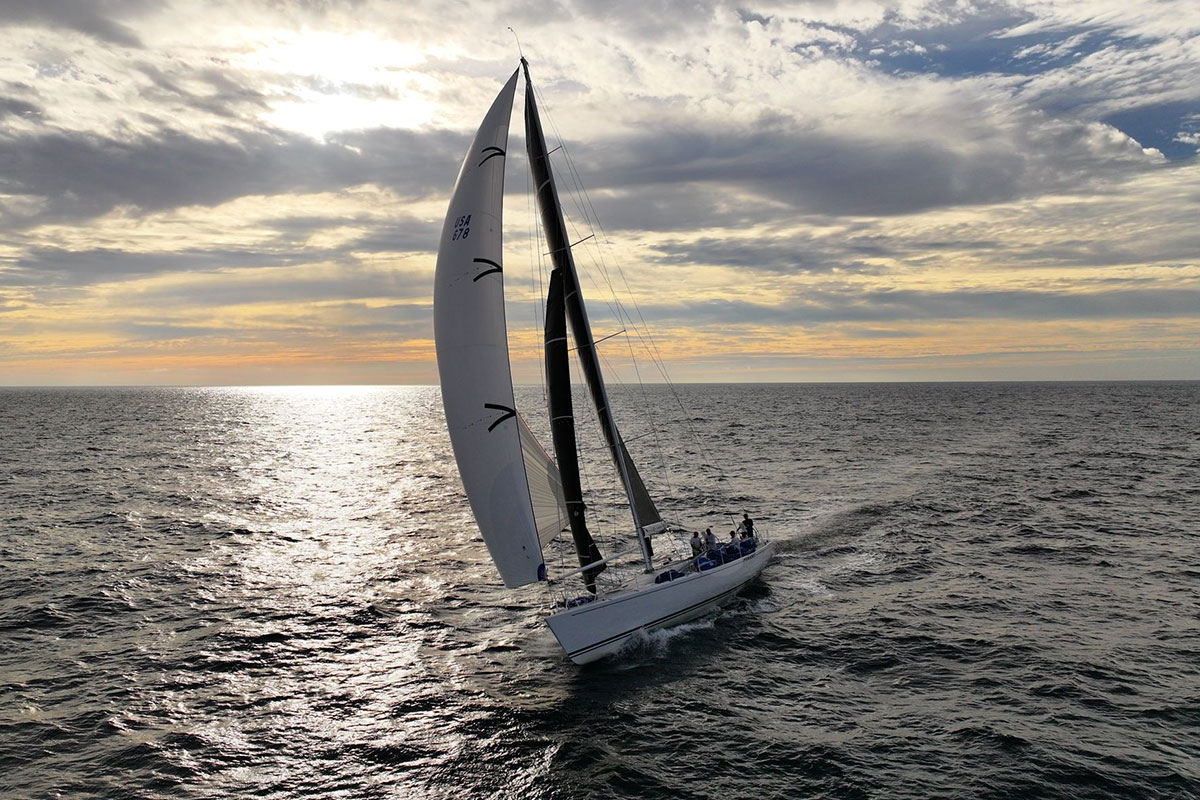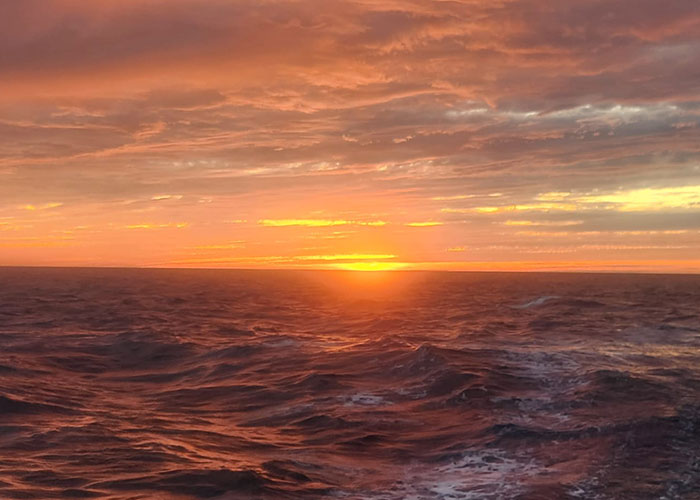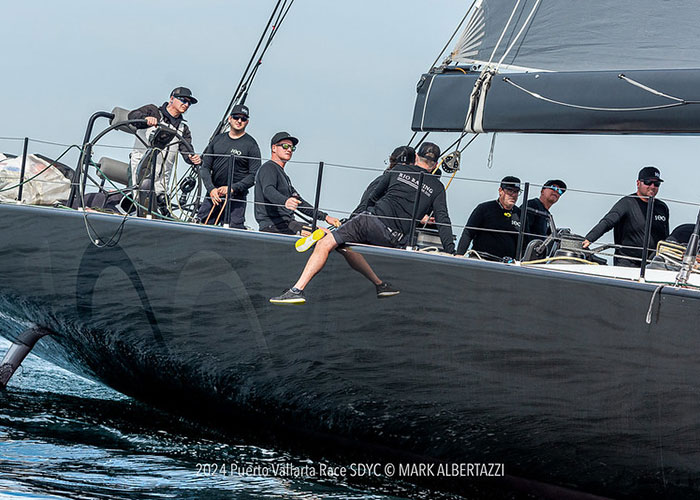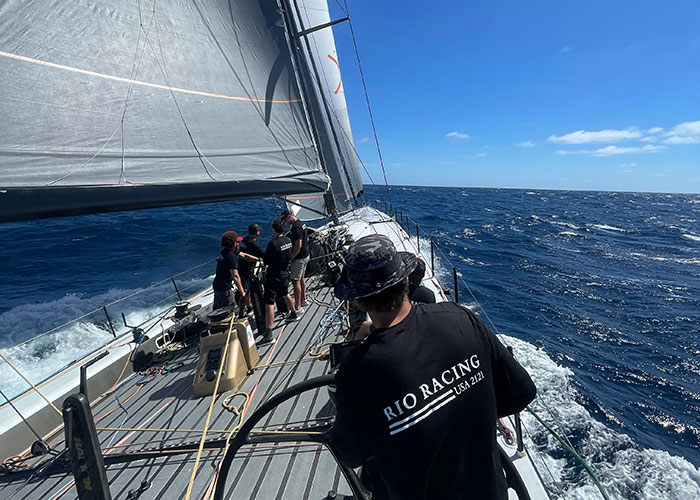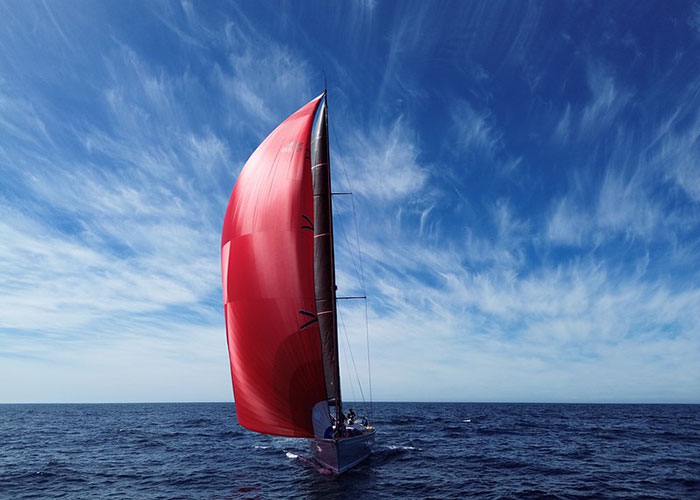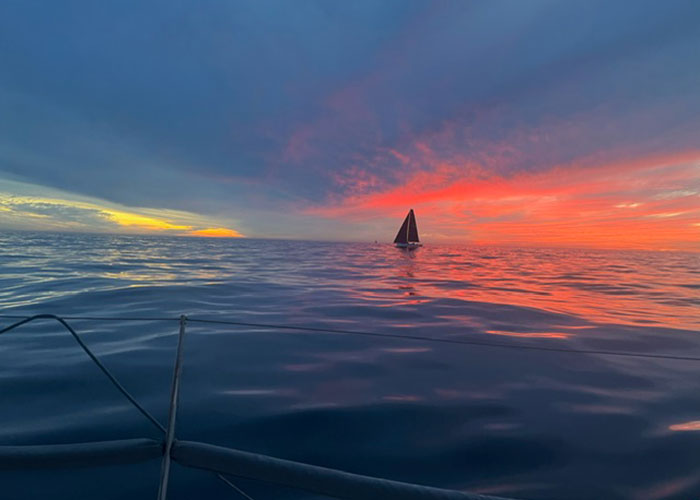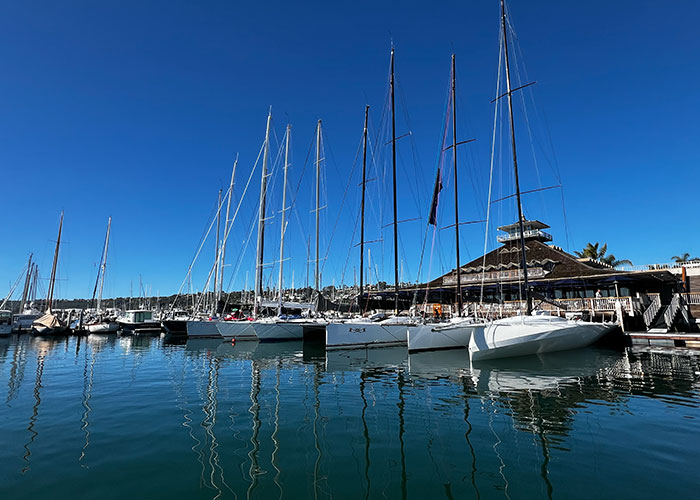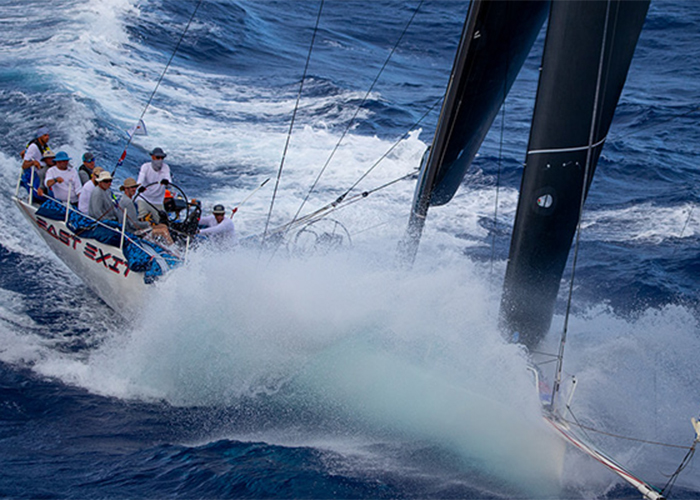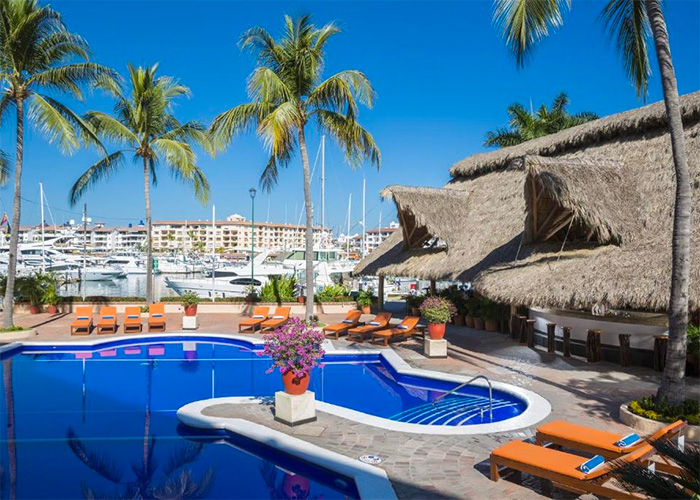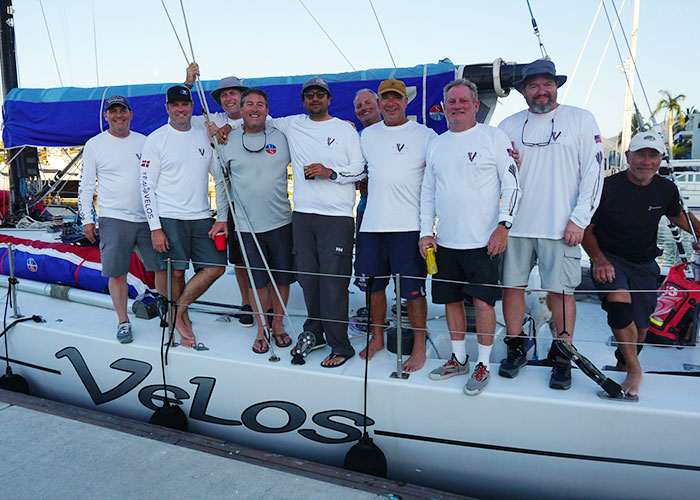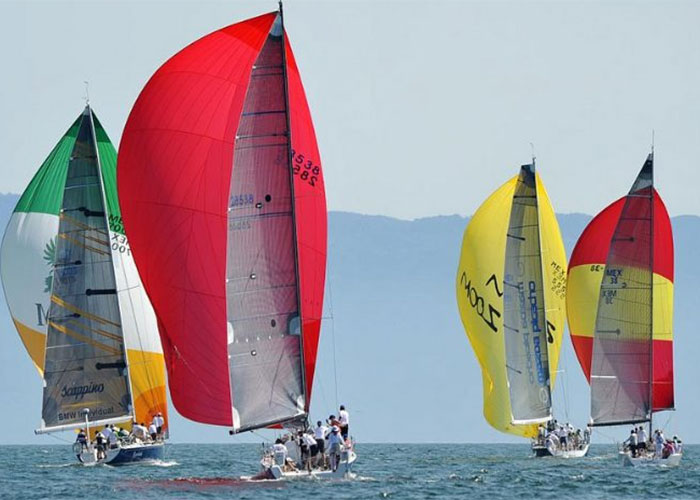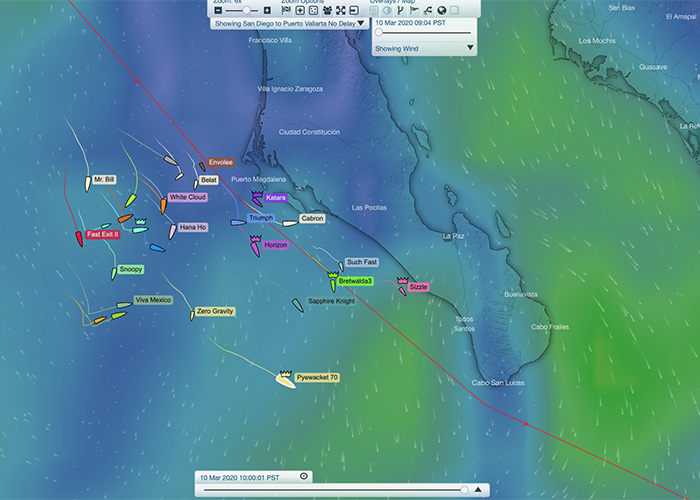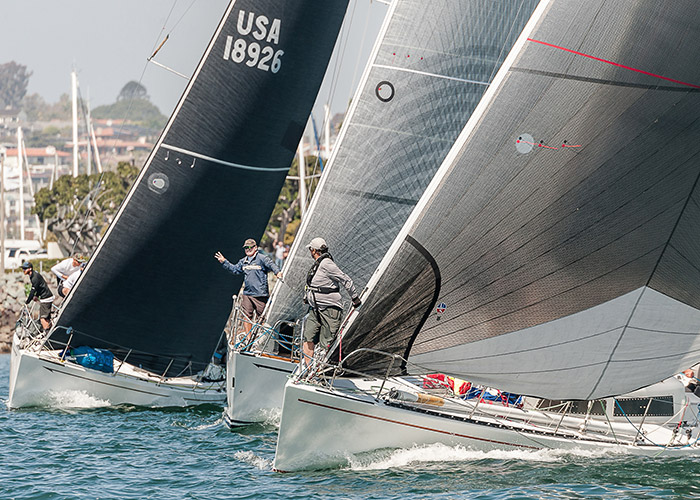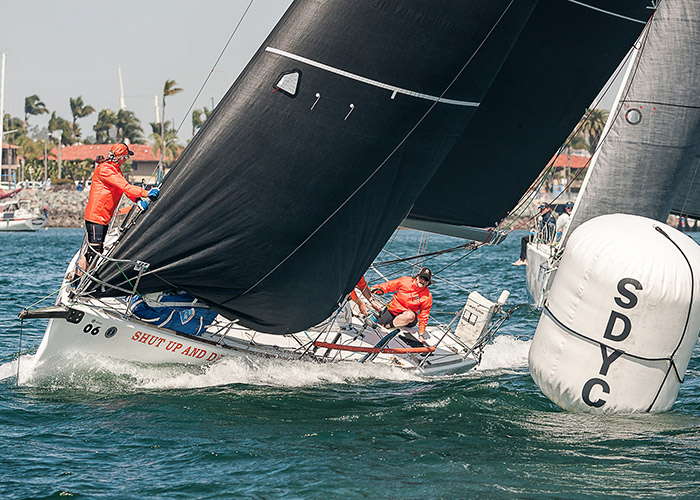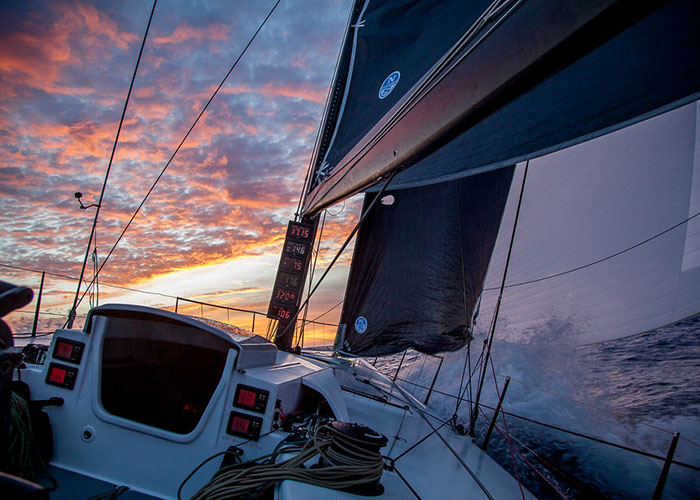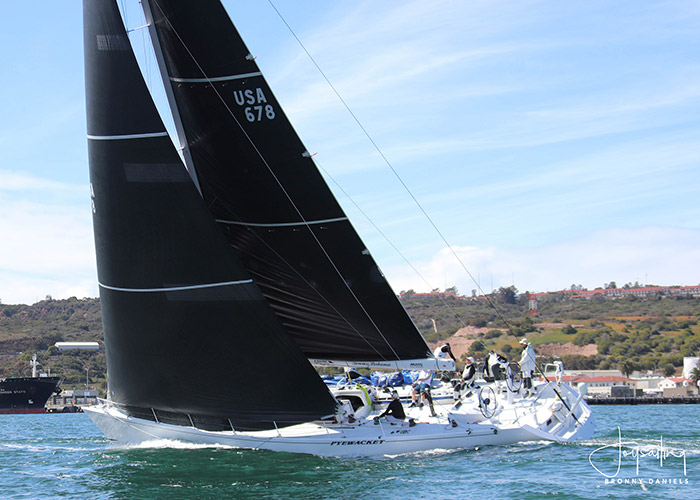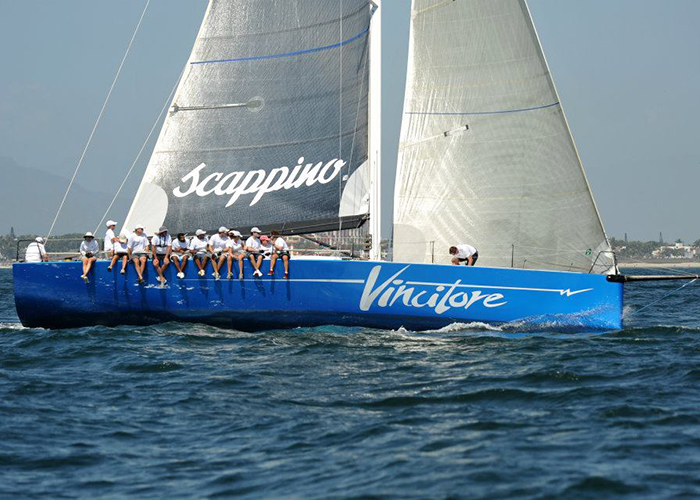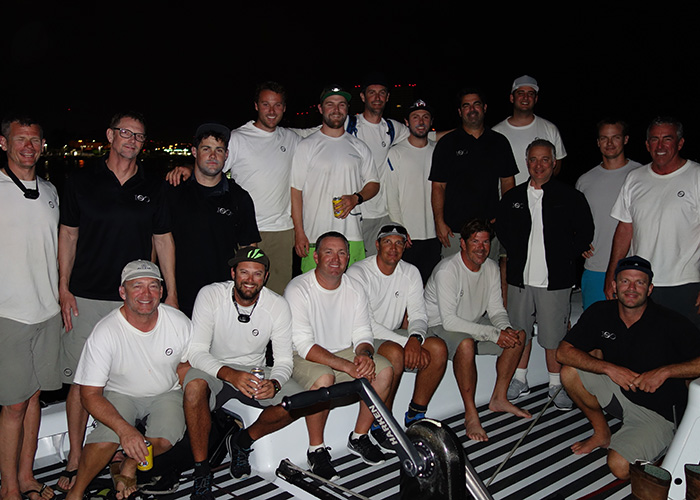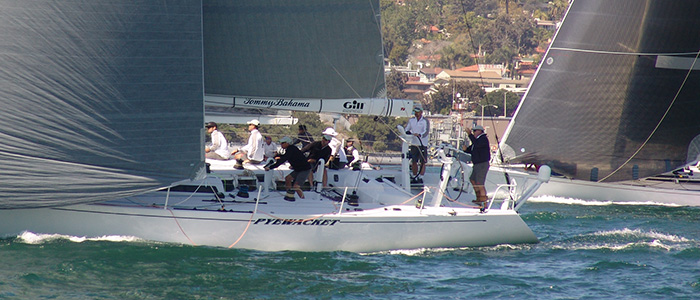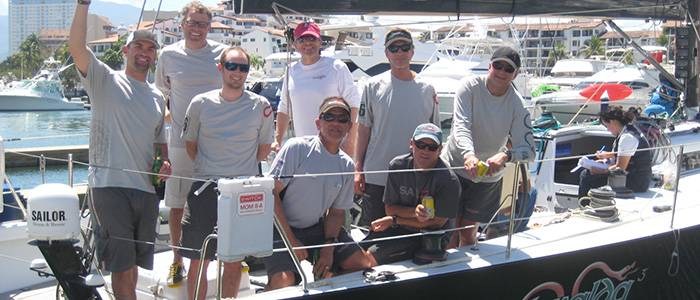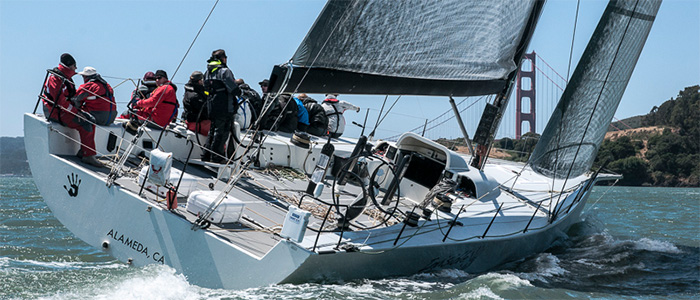A lot of sailors would suggest that it’s ‘when’ you start that matters, the earlier the better. Others would insist that it’s the weather on your start day that matters most, the windier the better. Both are logical and have been true separately and combined. But what if NEITHER mattered?
Not many (any?) spectators on Shelter Island watching the Saturday starters for the the 2024 San Diego to Puerto Vallarta International Yacht Race would have speculated that seven of the boats floating in the windless bay that afternoon would fill the top seven overall finishing positions! They were already 48 hours behind the two Thursday starters blasting down the course in a fresh westerly wind. But after a week of many sail changes, cursing grib files, running weather models, and pressing the boat when the ‘park up’ (sitting ‘parked’ in becalmed windless conditions) was over, that is exactly what the results reflect.


